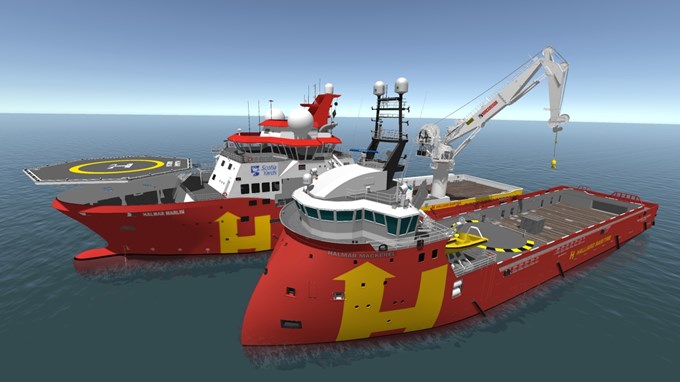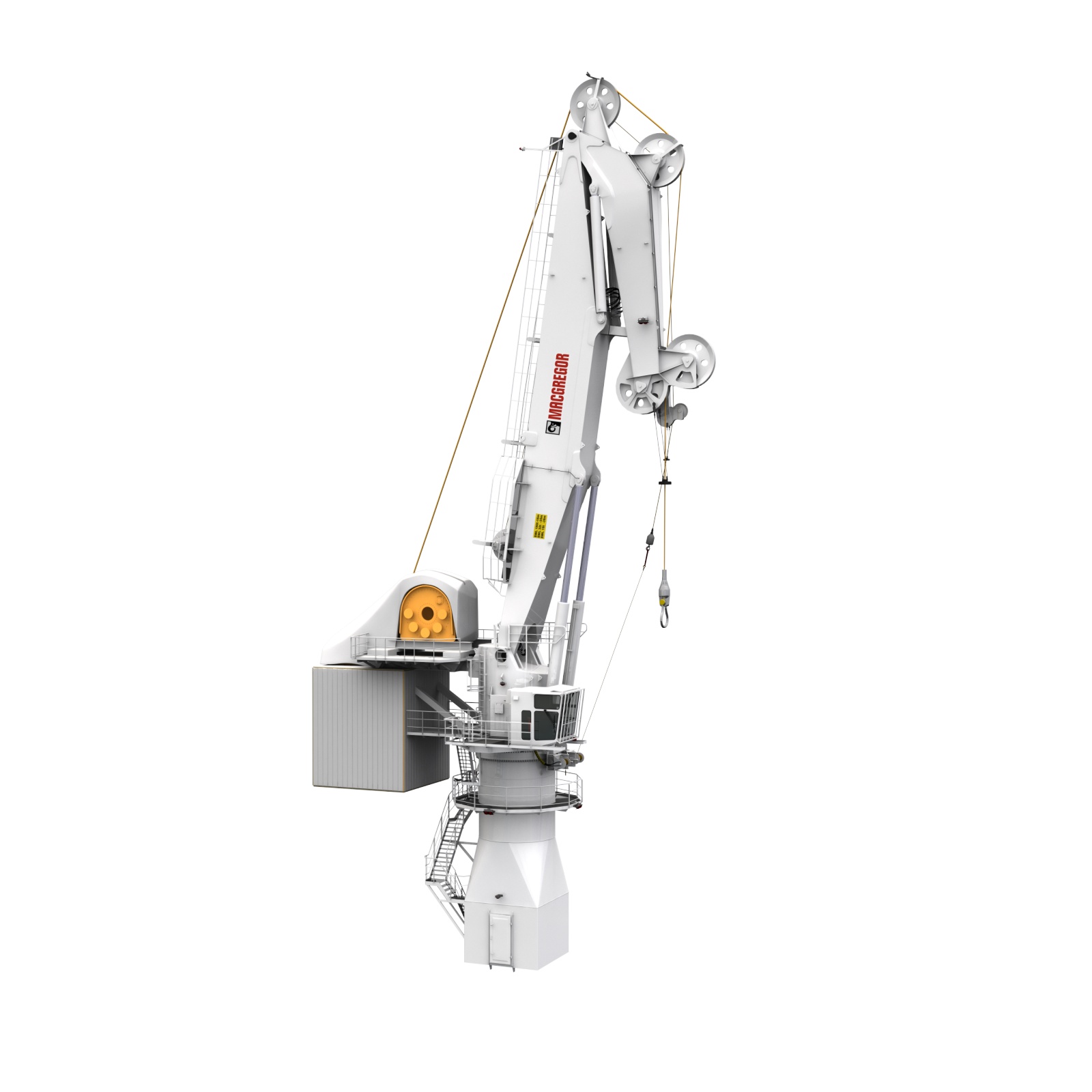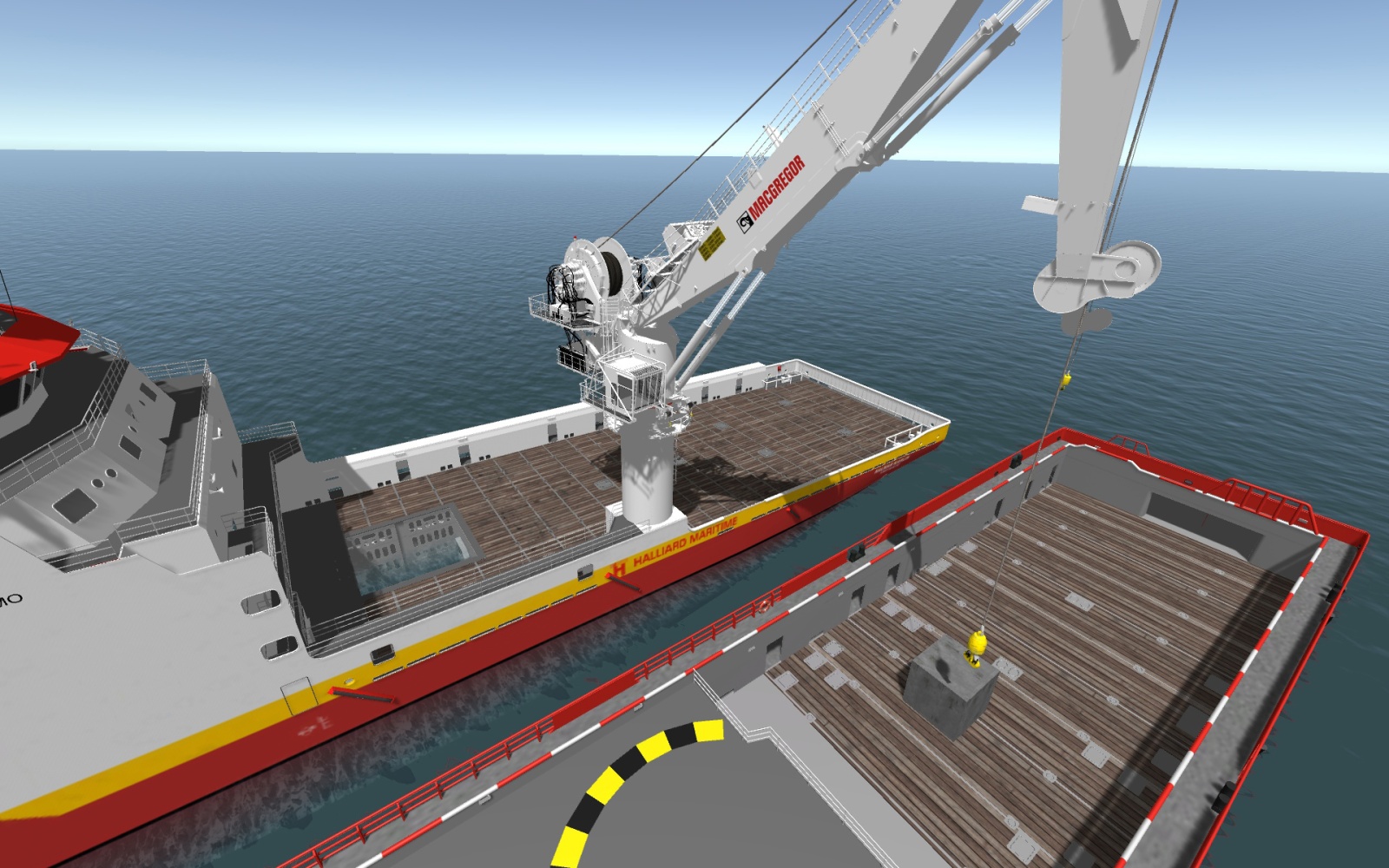Retrofits pave the way to a golden advantage
10 Oct 2017 Reading time calculated text
Necessity is the mother of invention and when times are tough, brilliant minds work even harder to find solutions; MacGregor believes that retrofits for offshore equipment can offer a lifeline to operators by delivering cost-effective commercial advantages.
Today’s offshore market is a far cry from that of a few years ago. Achieving growth is proving extremely challenging and operators are working harder than ever to maintain their positions in the market. However, MacGregor believes that retrofits are one way that these operators could excel; they can dramatically improve the technological capabilities of an original piece of equipment and can do so at a competitive price.
“We recognise that operators need to keep advancing, but economically, this might not be possible. This is why we have developed a number of retrofit options for use in the offshore industry,” says Geir Roland, Director of Advanced Offshore Solutions, Global Lifecycle Support, MacGregor. “These have focused around our subsea cranes and the possible step-change in capabilities is staggering. Some retrofit options can even be shared amongst a fleet, making them work smarter and better for their owners; a very important attribute in these times.”
Three great examples
MacGregor retrofit options for its subsea cranes include replacing steel wire rope with a high-performance fibre-rope upgrade, a 3D Motion Compensator (3DMC) device and a new active-heave compensation system for offshore ship-to-ship load transfers.
The 3DMC and ship-to-ship compensator are options available for new cranes but are also perfectly designed to be retrofitted. For operators wanting an advanced fibre-rope crane and all the advantages that it offers from the outset, MacGregor offers its FibreTrac crane, which was introduced to the market last year.
“All of these options, whether employed as retrofits or delivered with a new crane, are designed to improve operational efficiency and capabilities and all of them are game-changers,” he adds.
Game-changing capabilities
MacGregor fibre-rope retrofits are available for all MacGregor subsea cranes. The modular upgrade replaces the crane’s original steel wire rope with high-performance synthetic fibre rope, using the same advanced technology as the MacGregor FibreTrac crane.
The retrofit combines MacGregor’s proven offshore crane technology with the fibre-rope tensioning technology perfected by Parkburn Precision Handling Systems.
The great advantage of fibre rope, when used in this context, is that it weighs virtually nothing in the water, so regardless of the length of rope paid out, it does not add anything to the load experienced by the crane. This is in complete contrast to wire rope, where the increasing weight of wire paid out progressively and seriously limits the load permissible in relation to depth.
By employing this fibre-rope technology, a crane is able to use its full lifting capacity at maximum depths, so a smaller crane and vessel can be used for more assignments. Effectively, a 150-tonne fibre-rope crane will be able to replace a 250-tonne wire-rope crane when lifting loads at depths of 3,000m and it can continue to lift loads at even greater depths, allowing these vessels to bid on a wider range of contracts.
The retrofit system is designed in modules for rapid installation. It includes a deep water capstan traction device, delivered in partnership with Parkburn Precision Handling Systems, which replaces the crane’s original main winch and overcomes the problems traditionally associated with handling fibre rope. The system also includes a low tension fibre-rope storage drum.
The fibre-rope can be inspected for wear, internally and externally. The ability to splice in new sections adds great flexibility to the system. Also unlike wire rope, fibre rope does not require lubrication, eliminating a source of pollution.
Fibre-rope cranes are continuously connected to a monitoring system, which delivers real-time data used to detect conditions that could lead to a breakdown. MacGregor also distributes operational parameters to customers, ensuring that the equipment works to its highest potential.
Enhanced load-handling precision
MacGregor 3D Motion Compensators (3DMC) are cost-effective, flexible retrofit devices, designed to enhance the load-handling precision of offshore cranes even in extreme sea states. They allow a shipowner to expand the load-handling capabilities of a crane far beyond its original limitations. This means that the crane, and therefore the vessel, can be used for more assignments and owners will be able to bid on a wider range of contracts.
MacGregor’s standard active heave-compensation (AHC), supplied through a crane’s winch, compensates for a vessel’s vertical movements. However, when very accurate load positioning is required, the 3DMC is a great new option.
The 3DMC can be fitted to the knuckle jib of a number of new or existing MacGregor subsea cranes. It compensates for the roll, pitch and heave motions of the vessel to minimise any movement of the load in relation to a fixed point in space.
During operations requiring a greater degree of precision than that available from the standard crane, such as transferring equipment to or from offshore wind turbine structures or any small fixed platform, the operator can choose to use the 3DMC jib.
The 3DMC has been designed for easy installation and makes use of the existing hydraulic power unit and control system of the crane. The 3DMC/crane interface is designed so that the unit can be swiftly mobilised to a crane with the relevant fittings. This allows the 3DMC to be shared within a fleet.
When not required, the 3DMC simply remains fixed to the side of the crane’s knuckle jib allowing normal lifting operations using the main and whip winches.

Widened load transfer windows
MacGregor’s ship-to-ship compensation system is the latest arrival in its retrofit range and can be used with other MacGregor crane advances. They offer owners substantially larger operating windows, as well as safer, faster load transfers.
MacGregor understands the complexity of ship-to-ship load transfers and the limitations imposed by unpredictable, non-synchronised movements in a seaway. With the systems currently available, a crane’s capacity is effectively de-rated because of the conservative approach required to minimise risks associated with the relative movements of the vessels.
The new compensation system employs a motion reference unit on the deck of the secondary vessel. This transmits motion data to the crane on the primary vessel via a high-speed redundant wireless link. Combining motion data from both vessels, the system calculates and applies the winch compensation necessary to minimise hook movement at the load-handling zone on the secondary vessel.
The system features precise tension and position control for accurate load hook-on, pick-up, landing and hook-off. Safety is much improved for the deck crew working in the load-handling zone. Load pick-up and landing is precise, fast and smooth. It allows the operator to employ a less conservative approach to calculating the maximum load that can be safely handled in any given sea state.
This robustly-tested system has been developed from first-generation MacGregor technology initially employed by the US Navy in 2009 on a ramp transfer system.